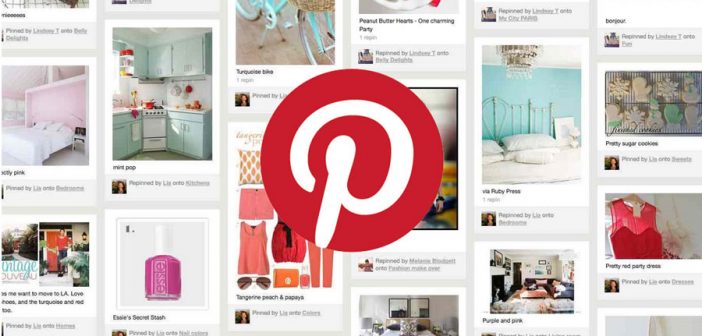As the latest social media IPO, Pinterest is making headlines, and I’ve long been a fan of the platform for many reasons. For one, Pinterest operates in a unique social space. It’s the place I go when I’m looking for inspiration, whether it’s designing my apartment, or planning an event. On Pinterest I have a buyer’s mindset, and with a captive audience looking to purchase, Pinterest has an opportunity to grow as a social commerce platform.
However, despite Pinterest’s potential, it has several challenges to overcome before becoming a main social player.
Defining its ad proposition
Is Pinterest search or social? Serving two masters often means it’s difficult for the ad world to define Pinterest’s role. As a result, Pinterest has only ever achieved incremental ad spend, as opposed to the permanently active media share that Facebook and Google have achieved.
Growing its non-female audience
The Pinterest audience is valuable to brands, consisting primarily of women aged 25-45. However, successful social platforms today need to harness a wider audience. Therefore, the ad world’s perception of Pinterest is that it currently has limited reach, and despite the fact that as of September 2017 the platform’s male audience had grown by 50% each year, in it’s IPO filing Pinterest agreed that it still has room to grow among male, and international users.
Scaling its ad tech
For advertisers, it’s not just about the audience, it’s about the ability to reach the audience at the right time, and at scale. Pinterest’s ad tech offers limited targeting and can’t be plugged into media agencies’ digital buying platforms with ease. Pinterest needs to fix and evolve the scalability of its ad tech in the marketing industry if it’s to compete today.
Evolving its commerce capabilities
Whether Pinterest can serve mass media buyers’ needs in the same way Facebook can is yet to be confirmed. What is undeniable, however, is that the company has a huge opportunity with social commerce, but it hasn’t seized this opportunity in a meaningful way. Its platform is built to sell things, and its audience is ready to buy. Yet despite being the first mover in offering shoppable tags, Pinterest hasn’t evolved as quickly as other platforms to compete in the social commerce space. Instagram recently rolled out a beta shoppable experience in which one doesn’t have to leave the platform; Pinterest should have done this a long time ago.
Underutilizing influencers
Whilst media buying and commerce are certainly important for Pinterest’s future success, the most underutilized tool for marketers on Pinterest is without a doubt, influencers. Currently, brands and agencies are rarely looking beyond Instagram and YouTube for their influencer talent. Meanwhile Pinterest talent has limited demand, is extremely effective, and is, as a result, under-priced. In fact, working with influencers on this platform likely costs 3-5x less than working with influencers on Instagram.
Therefore, my top tip for marketers exploring Pinterest, is to work with talent on this platform. Build relationships with them and consider them part of your influencer strategy in 2019. Especially if you are trying to sell products. The opportunity is comparable to that of Instagram influencers in 2015, and the brands that took advantage of the under-priced medium then, have reaped the rewards for years to come.
–
This article first appeared in www.thedrum.com
Seeking to build and grow your brand using the force of consumer insight, strategic foresight, creative disruption and technology prowess? Talk to us at +9714 3867728 or mail: info@groupisd.com or visit www.groupisd.com




